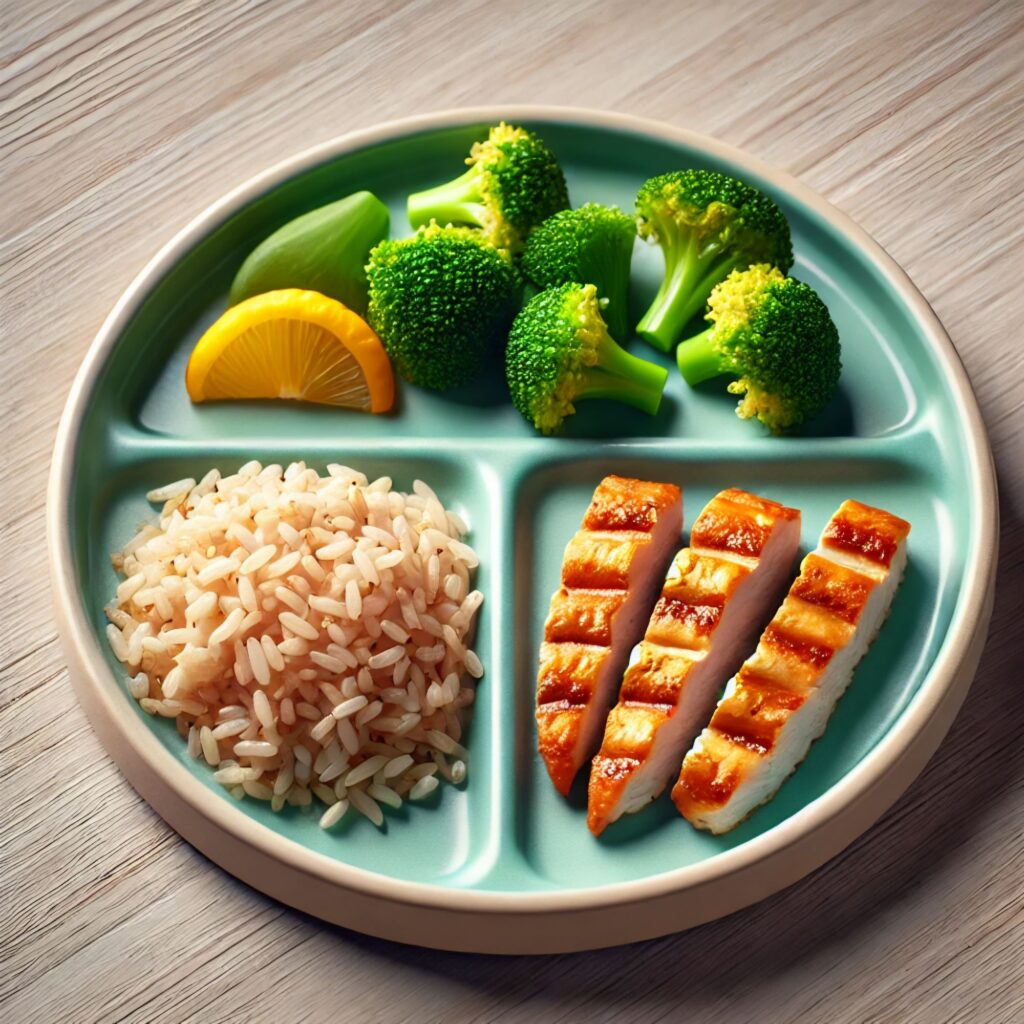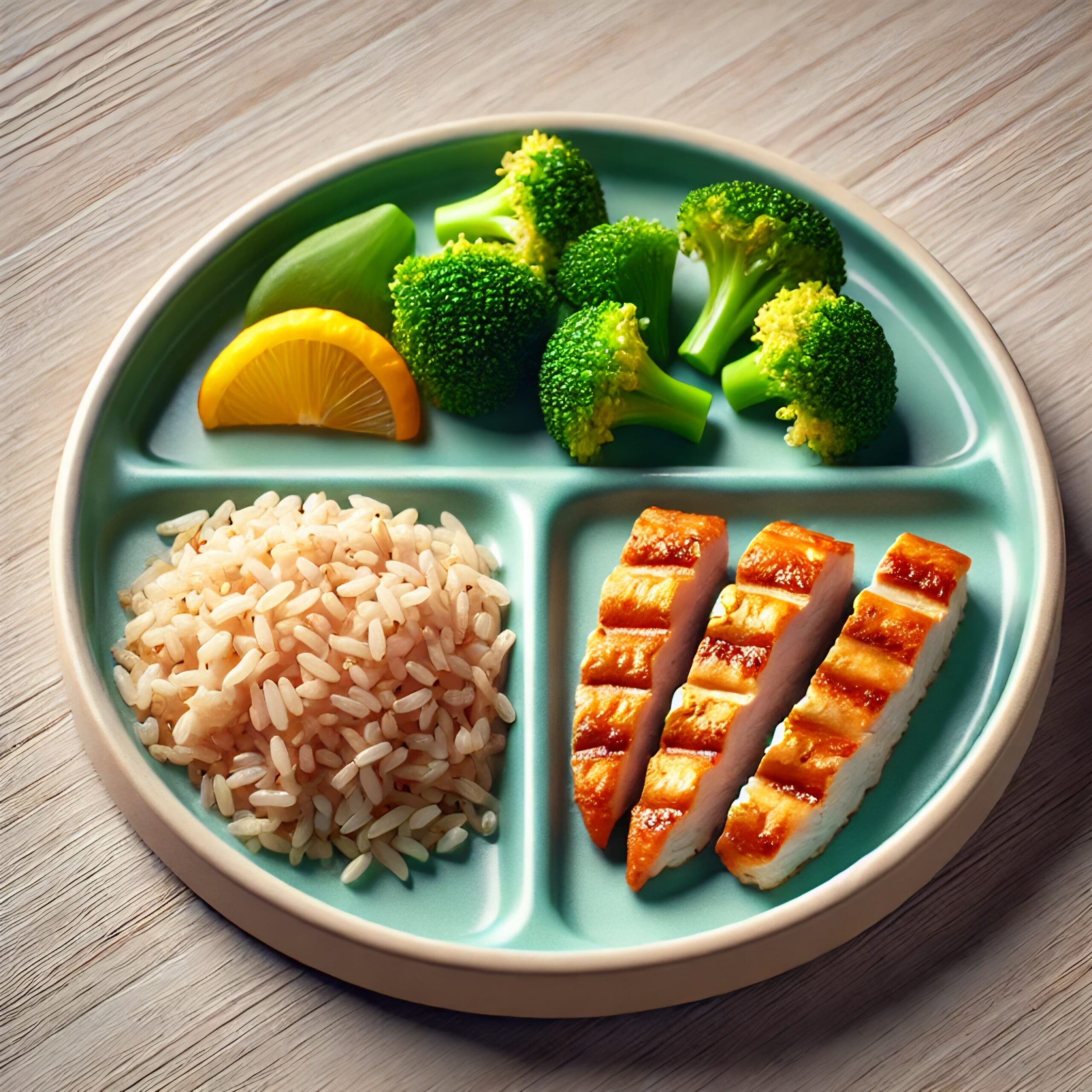A balanced diet is crucial for children’s growth and development. Balanced proteins, carbohydrates, and fats in children’s diets play a vital role in ensuring proper nutrition. Each meal should provide an ideal mix of proteins, carbohydrates, and healthy fats to support energy, brain function, and overall health. Here’s a closer look at why this balance matters and how to ensure your child gets the nutrients they need.

The Role of Proteins in Children’s Diets
Proteins are the building blocks for growth and repair. In a child’s diet, they are essential for muscle development, immune function, and overall strength. Include sources such as lean meats, eggs, beans, and dairy to give your child the necessary amino acids for healthy growth. Ensuring adequate protein intake also helps with the recovery and rebuilding of tissues, especially during active play and growth phases.
Carbohydrates as an Energy Source
Carbohydrates are the main energy source that keeps children active throughout the day. Complex carbohydrates like whole grains, fruits, and vegetables release energy slowly, providing lasting fuel for school, play, and learning. Avoid excessive sugary snacks, as they can lead to energy crashes and don’t offer sustained benefits. Whole grains, such as oats and brown rice, can improve digestion and provide fiber, helping children feel fuller for longer.
Healthy Fats for Brain and Body
Healthy fats are vital for brain development and hormone regulation. Include fats from sources like avocados, nuts, seeds, and olive oil in your child’s diet. These fats support cognitive function and aid in the absorption of essential vitamins, contributing to well-rounded growth. Omega-3 fatty acids, found in fish like salmon, are particularly beneficial for brain health and should be included a few times a week.
Portion Control and Variety in Meals with Balanced Proteins, Carbohydrates, and Fats
Serving balanced meals also means controlling portions. Smaller, frequent meals with balanced nutrients can prevent overeating and provide steady energy throughout the day. Aiming for a colorful plate is another helpful approach, as it often includes a mix of nutrients—greens, reds, and yellows usually indicate a variety of vitamins and minerals. For example, pairing chicken (protein) with brown rice (carbohydrates) and steamed broccoli (fiber and healthy fats) creates a balanced, nutritious meal.
Ensuring a balanced mix of proteins, carbohydrates, and fats in each meal provides your child with a solid nutritional foundation. For more insights on creating balanced, nutrient-rich meals, visit the Health Journal, Wellness Eats, and Nutrition sections on our website.
More Useful Links for Balanced Proteins, Carbohydrates, and Fats:
Easy and Quick Breakfast Recipes for Busy Mornings: Nutritious Ideas to Fuel Kids for the Day
Reduce Sugar in Your Child’s Diet
How to Encourage Your Child to Try New Vegetables: Tips and Tricks for Making Healthy Eating Fun
Healthy Snacks for Every Day: Boosting Kids’ Growth with Nutritious Bites
